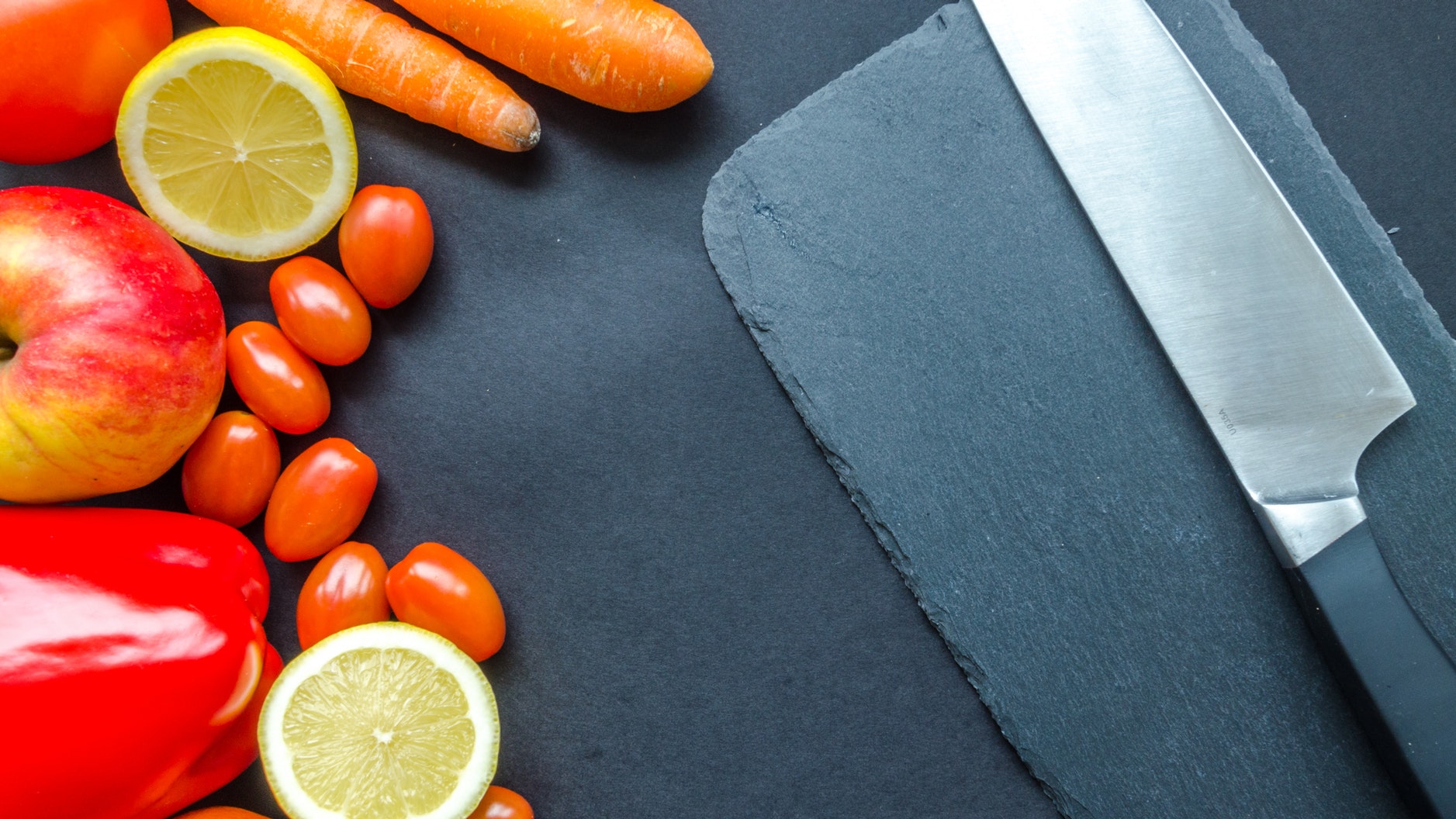
It’s all about protein. From steaks to tofu, we all love eating protein. Whether you are trying to put on muscle or lose weight, you eat a good amount of it as well. However, it seems many individuals are getting the facts on protein twisted.
Let’s take a quick trip back to science class.
First of all, protein is essential for proper body function. It’s a component of every single cell and helps build and repair your cells and tissues. Thus it’s necessary for proper growth and development. Besides being found in muscle, protein is a major part of your hair, skin, and nails. It’s also necessary for many bodily processes like blood clotting and the immune response.
Furthermore, protein is one of three macronutrients that provide calories. Each gram of protein equates to roughly 4 calories. Let’s delve into the structure of protein.
Every single type of protein is made up of smaller building blocks called amino acids. The sequence and amount of amino acids are what make a protein unique. In total, there are 20 amino acids. That’s right, of all the proteins in the world, they come from different combinations of 20 amino acids.
What many don’t know is that all protein isn’t the same, however. 9 amino acids required for body function and are called essential proteins. That means our body can’t produce them naturally so we must get them from our diet. The other 11 are nonessential amino acids, so our body derives them from food that contains the 9 essential amino acids or from the breakdown of body proteins.
Of course, there are foods that contain some essential, some nonessential, and both proteins. Food sources that contain all 9 essential amino acids in adequate amounts are called complete proteins.
Complete protein sources are pretty much anything animal-related. Red meat, poultry, seafood, dairy products, and eggs are all sources of complete proteins. However, be careful in which protein sources you choose to eat daily. Eating more than two servings of red meat a week can increase your chance for cancer considerably. So, stick to poultry, seafood, and eggs for protein.
Incomplete protein sources are missing or do not have adequate amounts of one or more essential amino acids. Most plant foods are in this category. Examples include: beans, peas, nuts, seeds, grains, and vegetables.
The last category is actually a combination of food sources. It’s called complementary proteins and as the name suggests, it’s two foods that when eaten together provide all 9 essential amino acids. In general, grains eaten with legumes (beans and nuts) will provide all 9 essential amino acids. A couple of examples of complementary proteins are: peanut butter on wheat bread, hummus and pita bread, and chickpea salad with seeds.
Now it’s important to note that there are plant-based complete protein sources. Vegans are well-versed in knowing the protein make-up of food. The plant-based complete protein sources are: soybeans (includes tofu), quinoa, buckwheat, hempseed, blue-green algae.
While fitting complete proteins into your diet should be of concern, don’t concern yourself too much on getting a complete protein source in every meal. Research shows the best results come from eating protein from a variety of sources. This principle isn’t limited to protein either. This goes for everything we eat. Focusing on a couple of foods limits our nutrients.
Protein is necessary for proper body function. From your nails to your muscles, your entire body needs protein. Moreover, your body needs 9 essential amino acids or protein building blocks. Since the body can’t produce these amino acids, they must come from our food. Food that contains all 9 like animal sources are called complete proteins. Most plant foods are incomplete protein sources, but some, like soybeans, quinoa, and buckwheat, do contain all 9 essential amino acids. While one should try to consume a complete protein a day, not every single meal needs to be a complete protein. Hopefully this article gave more insight into a usually simple macronutrient: protein.
Source: fda.gov



